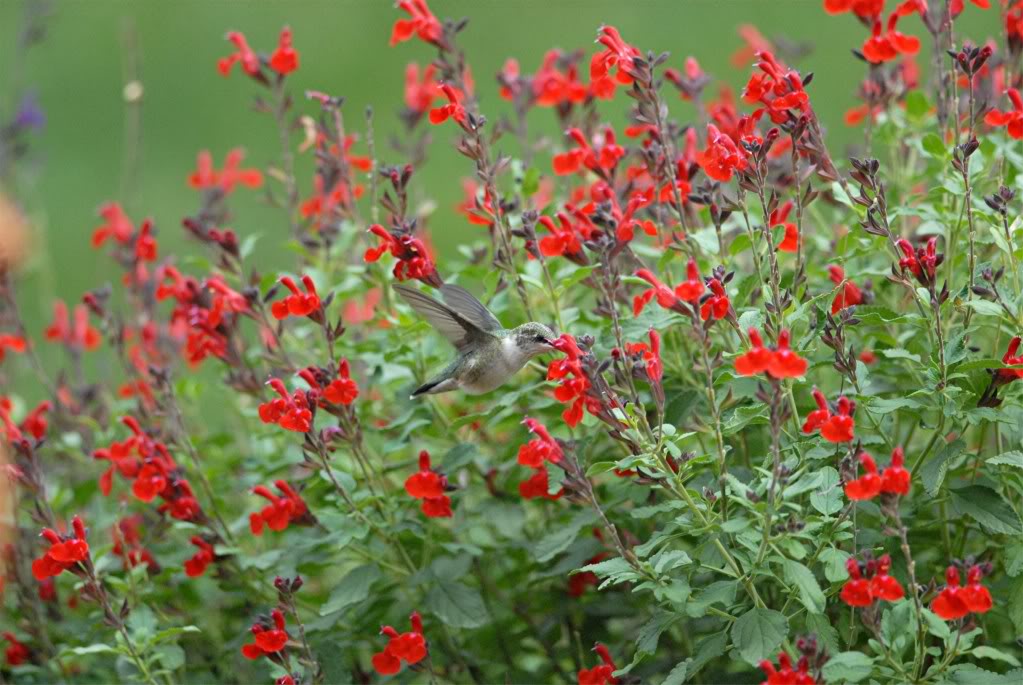Autumn sage
(Salvia gregii)

Description
Salvia greggii (autumn sage) is a herbaceous perennial native to a long, narrow area from southwest Texas, through the Chihuahuan Desert and into the Mexican state of San Luis Potosi, typically growing in rocky soils at elevations from 5,000 to 9,000 ft (1,500 to 2,700 m). It was named and described in 1870 by botanist Asa Gray after Josiah Gregg (1806 – 1850), a merchant, explorer, naturalist, and author of the American Southwest and Northern Mexico who found and collected the plant in Texas. It is closely related to and frequently hybridizes with Salvia microphylla. Contrary to its common name, it blooms throughout the summer and autumn. Salvia greggii is a highly variable plant, with numerous named cultivars, reaching anywhere from 1 to 4 ft (0.30 to 1.22 m) in height and less in width. It can be either upright or mounding. The leaves are typically mid-green and glabrous, tending to be less than 1 in (2.5 cm) long, and with a spicy fragrance. Flower size and color are extremely variable. Flowers reach from .25 to 1 in (0.64 to 2.54 cm) in length, and include many shades of scarlet and red (most common in the wild), along with rose, white, pink, lavender, apricot, and violet.
Taxonomic tree:







